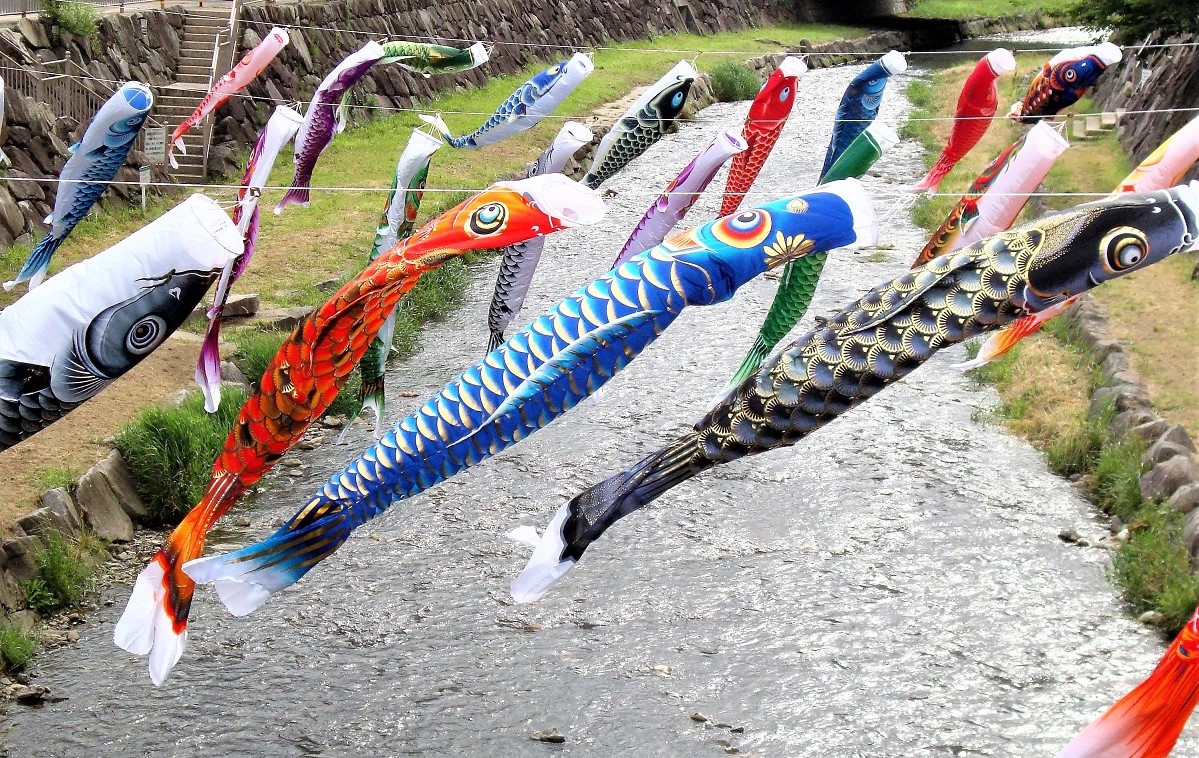NanoWorld AG CEO Manfred Detterbeck is attending @nanokorea , the 17th International Nanotech Symposium & Exhibition , which is currently being held from July 2-5 2019 at KINTEX, Korea. Will we meet you there too?


NanoWorld AG CEO Manfred Detterbeck is attending @nanokorea , the 17th International Nanotech Symposium & Exhibition , which is currently being held from July 2-5 2019 at KINTEX, Korea. Will we meet you there too?


Polydimethylsiloxane (PDMS) is a promising biomaterial for generating artificial extracellular matrix (ECM) like patterned topographies, yet its hydrophobic nature limits its applicability to cell-based approaches.” Although plasma treatment can enhance the wettability of PDMS, the surface is known to recover its hydrophobicity within a few hours after exposure to air. *
To investigate the capability of a novel PDMS-type (X-PDMS) for in vitro based assessment of physiological cell properties, the authors of the article “Nano- and Micro-Patterned S-, H-, and X-PDMS for Cell-Based Applications: Comparison of Wettability, Roughness, and Cell-Derived Parameters” cited here, designed and fabricated plane as well as nano- and micrometer-scaled pillar-patterned growth substrates using the elastomer types S-, H- and X-PDMS, which were fabricated from commercially available components.*
To assess their applicability to cell-based approaches, Marina Scharin-Mehlmann et al., characterized the generated surfaces using water contact angle (WCA) measurement and atomic force microscopy (AFM) as indicators of wettability and roughness, respectively.*
The surface roughness of the samples was determined by Atomic Force Microscopy in tapping mode. For plane and flat pillar patterned PDMS (130 and 190 nm nominal pillar height) surfaces, a standard tapping mode AFM probe ( Pointprobe® NCHR, NanoWorld) was used. For patterned surfaces with pillars of 1,800 nm height tilt compensated high-aspect-ratio AFM probes (AR5T-NCHR, NanoWorld) were used. The scanning area was 50 × 50 μm2, the scanning rate 0.5 Hz. In this scanning area each roughness value (root mean square roughness Rq) was evaluated from five 10 × 10 μm2 areas.*

*Marina Scharin-Mehlmann, Aaron Häring, Mathias Rommel, Tobias Dirnecker, Oliver Friedrich, Lothar Frey and Daniel F. Gilbert
Nano- and Micro-Patterned S-, H-, and X-PDMS for Cell-Based Applications: Comparison of Wettability, Roughness, and Cell-Derived Parameters
Frontiers in Bioengineering and Biotechnology. 2018; 6: 51
DOI: 10.3389/fbioe.2018.00051
Please follow this external link to view the full article: https://www.ncbi.nlm.nih.gov/pmc/articles/PMC5938557/
Open Access: The article «Nano- and Micro-Patterned S-, H-, and X-PDMS for Cell-Based Applications: Comparison of Wettability, Roughness, and Cell-Derived Parameters» by Marina Scharin-Mehlmann, Aaron Häring, Mathias Rommel, Tobias Dirnecker, Oliver Friedrich, Lothar Frey and Daniel F. Gilbert (2018) is licensed under a Creative Commons Attribution 4.0 International License, which permits use, sharing, adaptation, distribution and reproduction in any medium or format, as long as you give appropriate credit to the original author(s) and the source, provide a link to the Creative Commons license, and indicate if changes were made. The images or other third party material in this article are included in the article’s Creative Commons license, unless indicated otherwise in a credit line to the material. If material is not included in the article’s Creative Commons license and your intended use is not permitted by statutory regulation or exceeds the permitted use, you will need to obtain permission directly from the copyright holder. To view a copy of this license, visit http://creativecommons.org/licenses/by/4.0/.
Today is Children’s Day in Japan and many mulit-colored carp-shaped koinobori streamers will flutter in the wind.
So it is the perfect day to share the publication “Piezoelectricity of green carp scales” by Y. Jiang et al. with you.
Piezoelectricity takes part in multiple important functions and processes in biomaterials often vital to the survival of organisms. In their publication , “Piezoelectricity of green carp scales” Y. Jiang et al. investigate the piezoelectric properties of fish scales of green carp by directly examining their morphology at nanometer levels. From the clear distinctions between the composition of the inner and outer surfaces of the scales that could be found, the authors identified the piezoelectricity to originate from the presence of hydroxyapatite which only exists on the surface of the fish scales.*

These findings reveal a different mechanism of how green carp are sensitive to their surroundings and should be helpful to studies related to the electromechanical properties of marine life and the development of bio-inspired materials. As easily accessible natural polymers, fish scales can be employed as highly sensitive piezoelectric materials in high sensitive and high speed devices as well as be exploited for invasive diagnostics and other biomedical implications.*
For the harmonic responses of both 1st order and 2nd order described in this publication, NanoWorld Arrow-CONTPt AFM probes were used.

*Y. Jiang, F. Yen, C. W. Huang, R. B. Mei, and L. Chen
Piezoelectricity of green carp scales
AIP Advances 7, 045215 (2017)
DOI: https://doi.org/10.1063/1.4979503
Please follow this external link to access the full article: https://aip.scitation.org/doi/full/10.1063/1.4979503
Open Access The article “Piezoelectricity of green carp scales” by Y. Jiang, F. Yen, C. W. Huang, R. B. Mei and L. Chen is licensed under a Creative Commons Attribution 4.0 International License, which permits use, sharing, adaptation, distribution and reproduction in any medium or format, as long as you give appropriate credit to the original author(s) and the source, provide a link to the Creative Commons license, and indicate if changes were made. The images or other third party material in this article are included in the article’s Creative Commons license, unless indicated otherwise in a credit line to the material. If material is not included in the article’s Creative Commons license and your intended use is not permitted by statutory regulation or exceeds the permitted use, you will need to obtain permission directly from the copyright holder. To view a copy of this license, visit http://creativecommons.org/licenses/by/4.0/.